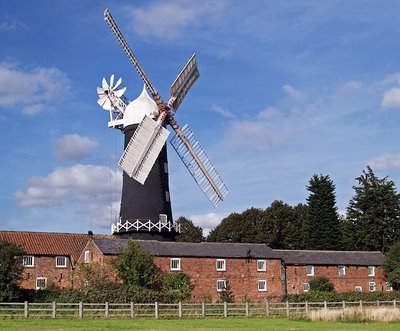When we describe a view as "picturesque", meaning "like a picture", we are using a word coined in the C17 and widely used in the C18. Landscape designers like Lancelot "Capability" Brown (1716-1783) remodelled the parks of country houses so that they looked like the imagined Romantic landscapes in paintings by artists like Salvator Rosa (1615-1673) and Claude Lorraine (c.16oo-1682). Humphrey Repton (1752-1818) took this idea further, often "composing" his landscaping projects like a painter, preparing an artistic foreground with formal planting, a middleground with large trees, pasture and perhaps cattle and a new ruin, and a background that looked "wild in character." William Gilpin (1724-1804) took the idea of the picturesque further, defining it as "that kind of beauty which is agreeable in a picture". He wrote and illustrated his ideas on what a picturesque view should contain in terms of subject, texture, composition, viewpoint, and acknowledged that whilst an actual landscape may have the appropriate qualities it could always be improved by the artist! So, this confusion of reality and the image, and cross-fertilisation between the two has quite a long history.
Today the meaning of "picturesque" is much as it has always been. Churches, windmills, castles, ruins, landscapes, seascapes, and so on, if treated with a composition that derives from painting, usually qualify for the term. Skidby Mill, East Yorkshire, an attractive, still working tower windmill (and museum) built in 1821, certainly does. Its elegant ogee-shaped cap, the curved taper of the tower, and the striking black and white of the paintwork are very appealing. My shot shows it towering over the associated agricultural buildings, looking out over the fields of the Wolds, its upright form slightly off-centre, achieving some compositional balance through the darker trees on the right. John Ruskin in "The Seven Lamps of Architecture" (1849) noted that signs of age are pleasing to men. Picturesque paintings and photographs rely on this fact, and buildings like Skidby Mill are much photographed for that very reason.
photograph & text (c) T. Boughen
